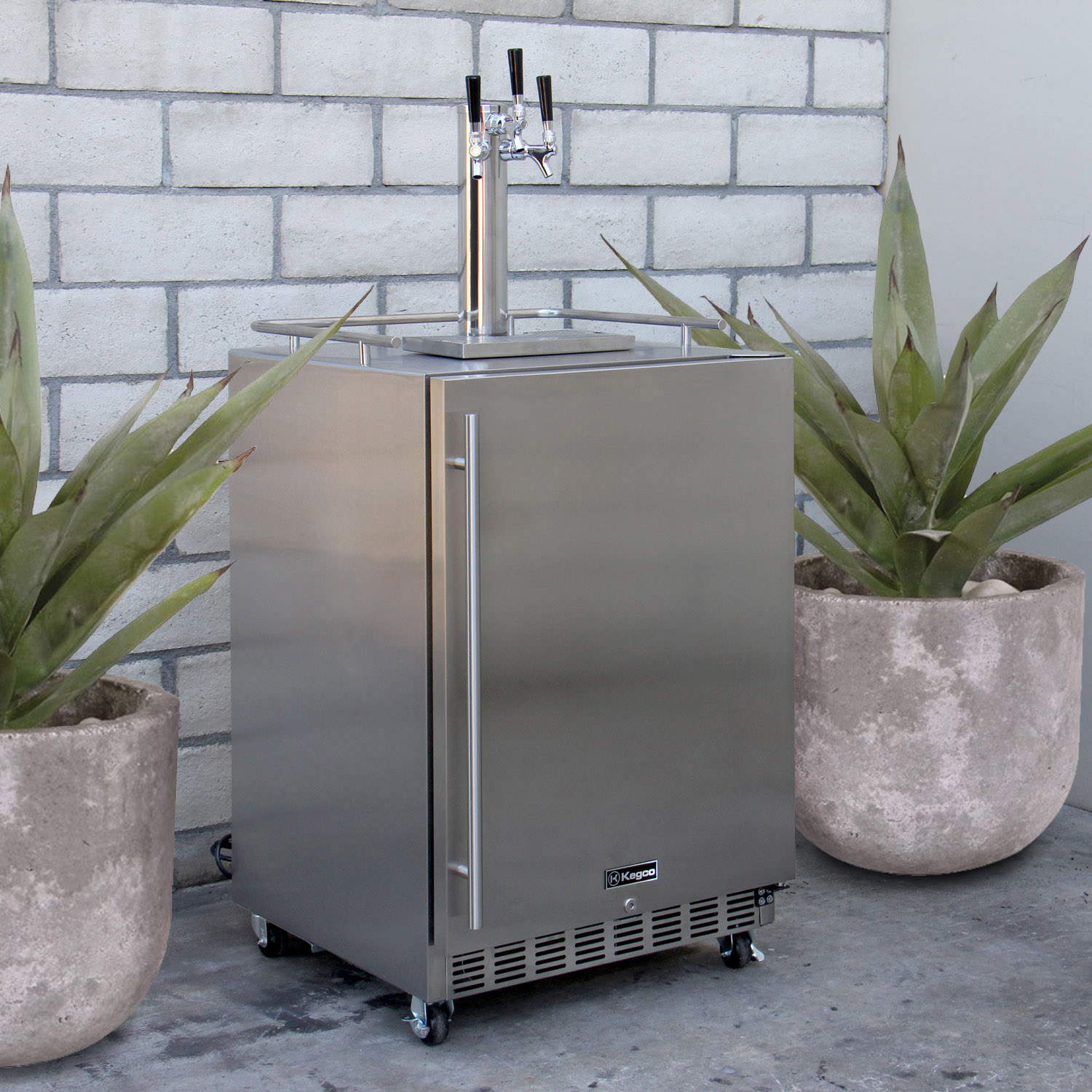

Articles
What Is A Kegerator?
Modified: October 21, 2024
Discover everything you need to know about kegerators in our informative articles. Upgrade your home bar and enjoy draft beer at its best.
(Many of the links in this article redirect to a specific reviewed product. Your purchase of these products through affiliate links helps to generate commission for Storables.com, at no extra cost. Learn more)
Introduction
Welcome to the wonderful world of kegerators! If you’re a beer enthusiast or someone who enjoys hosting parties, then a kegerator can be a game-changer for you. But what exactly is a kegerator? In this article, we will explore what a kegerator is, how it works, the different types available, the benefits of owning one, factors to consider before buying, setting up and maintaining a kegerator, serving beer from it, and tips for cleaning and troubleshooting.
A kegerator is essentially a refrigerator or a specialized beer dispenser that houses a keg of beer and keeps it chilled at the perfect temperature. It provides a convenient and efficient way of dispensing draft beer straight from the keg, ensuring a fresh and flavorful pint every time. It eliminates the need for individual bottles or cans and allows you to enjoy the brewery-fresh taste of your favorite beer in the comfort of your own home.
Now that we know what a kegerator is, let’s dive into how it actually works. The kegerator consists of a cooling system, CO2 tank, regulator, draft tower, and faucet. The cooling system keeps the keg at the ideal temperature, typically between 36 and 40 degrees Fahrenheit (2 to 4 degrees Celsius), keeping the beer cold and refreshing. The CO2 tank, along with the regulator, pressurizes the keg, allowing the beer to flow smoothly from the keg to the faucet without losing its carbonation.
There are different types of kegerators available to suit your specific needs and preferences. The most common types include freestanding kegerators, built-in kegerators, and mini kegerators. Freestanding kegerators are standalone units that can be placed anywhere in your home or backyard. Built-in kegerators, as the name suggests, are designed to be integrated into your kitchen or bar counter, giving a seamless and professional look. Mini kegerators, on the other hand, are compact versions that are perfect for small spaces or for those who prefer variety by having multiple mini kegs.
Now that we have a basic understanding of what a kegerator is and how it works, it’s time to explore the benefits of owning one. One of the main advantages is the cost-saving aspect. Buying kegs of beer is more economical compared to buying individual bottles or cans, especially if you’re someone who enjoys beer frequently or frequently hosts parties. Additionally, it eliminates the need for storing and disposing of empty beer bottles or cans, reducing your environmental footprint.
Another benefit is the convenience and versatility that a kegerator offers. With a kegerator, you can have access to a variety of beers on tap, allowing you to cater to the tastes and preferences of your guests. You can also personalize your kegerator by tapping into local craft beers or homebrewed favorites, adding a unique touch to your social gatherings. The consistent temperature control in a kegerator also ensures that your beer stays fresh for an extended period, unlike opened bottles that can go flat or stale quickly.
Before purchasing a kegerator, there are a few factors to consider to ensure you make the right choice. These factors include the size and capacity of the kegerator, the type of kegs it can accommodate, the available space in your home, and your budget. It’s essential to measure the available area carefully and choose a kegerator that fits perfectly and doesn’t obstruct any existing furniture or appliances.
In the next sections of this article, we will discuss in detail how to set up and maintain a kegerator, including the steps involved in connecting and installing the CO2 tank, cleaning the lines, and troubleshooting common issues that may arise. We’ll also provide some tips on serving beer from a kegerator, such as pouring techniques and glassware recommendations.
Stay tuned to learn everything you need to know about owning and enjoying a kegerator!
Key Takeaways:
- Owning a kegerator offers cost savings, fresh and flavorful beer, variety, convenience, and environmental benefits. It enhances socializing and entertaining, making it a worthwhile investment for beer enthusiasts and hosts.
- Before buying a kegerator, consider size, keg compatibility, cooling system efficiency, brand reputation, maintenance, budget, features, and warranty. Proper setup, maintenance, troubleshooting, and serving techniques ensure an optimal beer-drinking experience.
Read more: What Is a Kegerator and What Is It Used For?
What is a Kegerator?
A kegerator is a must-have appliance for beer enthusiasts who want to enjoy the taste and experience of draft beer in the comfort of their own homes. Essentially, a kegerator is a refrigerator or beer dispenser specifically designed to store and dispense kegs of beer. It provides the perfect solution for beer lovers who are tired of buying bottles or cans and want to have a continuous supply of cold, fresh draft beer on tap.
Kegerators come in a variety of sizes and styles to suit different needs and preferences. They typically consist of a temperature-controlled cabinet with a tap tower mounted on top. Inside the cabinet, there is enough space to hold one or multiple kegs, depending on the size of the unit. The kegs are connected to the tap tower through beer lines and are pressurized with carbon dioxide (CO2) to ensure the beer flows smoothly from the keg to the faucet.
One of the key benefits of owning a kegerator is the ability to enjoy draft beer at its best. Draft beer is typically fresher and more flavorful compared to beer in bottles or cans, thanks to the absence of light and oxygen exposure. Kegerators maintain the beer at a consistent temperature, usually between 36 and 40 degrees Fahrenheit (2 to 4 degrees Celsius), which is the optimal range for serving most types of beer. This keeps the beer tasting crisp and refreshing, enhancing the overall drinking experience.
Another advantage of having a kegerator is the cost savings it offers. Buying beer in kegs is more economical than purchasing individual bottles or cans, especially if you consume beer frequently or host parties regularly. Kegerators also eliminate the need for packaging and disposal of beer bottles or cans, reducing waste and environmental impact.
Kegerators provide convenience and versatility when it comes to serving beer. Instead of having to purchase different types of beer in various packaging, you can have multiple kegs of different styles or flavors ready to be dispensed with a simple pull of the tap handle. It allows you to experiment with different breweries, seasonal brews, or even your own homebrewed creations. This flexibility ensures that you and your guests have a wide selection of beers to choose from, tailoring the drinking experience to individual preferences.
Furthermore, kegerators are not limited to serving beer alone. Some models come with additional taps or attachments that allow you to dispense other carbonated beverages like soda or sparkling water, making it a versatile beverage dispenser for various occasions.
While kegerators are commonly associated with home use, they are also found in commercial establishments such as bars, restaurants, and breweries. In these settings, kegerators are essential for providing customers with a consistent and high-quality draft beer experience while streamlining the process of serving and managing kegs.
Now that you have a better understanding of what a kegerator is, its benefits, and its versatility, you can make an informed decision about whether it is the right addition to your home or business. In the following sections, we’ll delve into the workings of a kegerator, the different types available, and factors to consider before purchasing one.
How does a Kegerator work?
Now that we know what a kegerator is, let’s take a closer look at how it actually works. At its core, a kegerator operates on a simple principle: it keeps beer cold and under pressure, allowing it to flow smoothly from the keg to the tap. Let’s explore the key components and the process involved in a kegerator’s operation.
The main components of a kegerator include the cooling system, CO2 tank, regulator, draft tower, and faucet. The cooling system is responsible for maintaining the keg at the ideal temperature, typically between 36 and 40 degrees Fahrenheit (2 to 4 degrees Celsius), ensuring that the beer is chilled and refreshing when dispensed.
The kegerator’s cooling system is similar to a standard refrigerator. It uses a compressor or thermoelectric cooling mechanism to remove heat from the interior, effectively lowering the temperature. Many kegerators come with adjustable temperature controls, allowing you to set the desired temperature for your beer.
Alongside the cooling system, a kegerator also requires a source of pressurized gas, usually carbon dioxide (CO2). The CO2 tank is connected to the kegerator via a regulator, which allows you to control the pressure being applied to the keg. The pressurized CO2 forces the beer out of the keg and through the beer lines, ensuring a smooth and consistent flow from the tap. It also helps maintain the desired level of carbonation in the beer.
The draft tower, mounted on top of the kegerator, houses the beer lines and the faucet. The beer lines play a crucial role in delivering the beer from the keg to the faucet, while also acting as an insulator to prevent heat transfer. The length and diameter of the beer lines can impact the flow rate and the quality of the beer, so it’s important to consider these factors when setting up a kegerator.
When you’re ready to pour a beer, you simply pull the tap handle on the faucet, allowing the pressurized beer to flow out and into your glass. The rate of flow is controlled by the amount of pressure applied to the keg, which is regulated by the CO2 tank and the regulator. It’s important to note that different beer styles may require different levels of carbonation, so adjusting the pressure accordingly will help ensure the beer retains its intended characteristics.
One key aspect of a kegerator’s operation is cleanliness and maintenance. Regular cleaning of the beer lines and components is essential to prevent bacteria or mold from forming, which can impact the taste and quality of the beer. Cleaning kits are available specifically for kegerators and should be used according to the manufacturer’s instructions to keep your system in optimal condition.
Additionally, it’s worth noting that some kegerators feature extra features or accessories, such as drip trays to catch any spills, bottle openers, or even digital temperature displays for precise temperature control. These additional features can enhance your kegerator experience and make serving beer even more convenient.
In summary, a kegerator works by maintaining the beer at the perfect temperature and under pressure to ensure a smooth and refreshing pour. With its cooling system, CO2 tank and regulator, draft tower, and faucet, it provides a convenient and efficient way to serve draft beer from a keg. Proper maintenance and cleaning are important to keep your kegerator running smoothly and to ensure the beer always tastes its best.
Types of Kegerators
When it comes to kegerators, there are several different types to choose from, each suited to different needs and preferences. Let’s explore the most common types of kegerators available in the market today.
Freestanding Kegerators: Freestanding kegerators are standalone units that can be placed anywhere in your home or outdoor entertainment area. These kegerators are available in various sizes, ranging from compact units that can hold a single keg to larger models that can accommodate multiple kegs. Freestanding kegerators offer flexibility in terms of placement, allowing you to move them around as needed.
Built-in Kegerators: Built-in kegerators, also known as under-counter kegerators, are designed to be integrated into your kitchen or bar counter. These kegerators are installed directly into a cut-out space in your cabinetry or countertop, giving a seamless and professional look. Built-in kegerators are a popular choice for those who want a permanent and stylish keg dispensing solution. They typically come in stainless steel finishes to match other kitchen appliances.
Outdoor Kegerators: If you enjoy hosting outdoor parties or have a dedicated outdoor entertaining space, an outdoor kegerator is a great option. These kegerators are designed to withstand the elements, with weatherproofing features to protect the unit from rain and UV rays. Outdoor kegerators come in various sizes and styles, allowing you to serve cold, refreshing beer to your guests in your backyard or patio.
Commercial Kegerators: Commercial kegerators are specifically designed for businesses such as bars, restaurants, or breweries. These kegerators are built to handle high-demand environments, with robust cooling systems and durable construction. Commercial kegerators often have multiple taps and larger capacities to accommodate a wide range of beers and serve a larger number of customers simultaneously.
Mini Kegerators: Mini kegerators are compact versions of kegerators that are perfect for those with limited space or for those who prefer variety by having multiple mini kegs. These kegerators are designed to hold smaller kegs, typically ranging from 2.5 to 5 liters in capacity. Mini kegerators are a convenient option for home use and offer the flexibility to enjoy different types of beers without committing to a full-size keg.
When choosing a kegerator, it’s important to consider the specific features and specifications that are important to you, such as size, capacity, cooling system efficiency, and aesthetics. Some kegerators come with additional features like digital temperature controls, LED lighting, or customizable tap handles to enhance your beer dispensing experience.
Ultimately, the type of kegerator you choose will depend on your space requirements, intended usage, and personal preferences. Whether you opt for a freestanding unit that can be easily moved around, a built-in kegerator that seamlessly integrates into your existing space, or a mini kegerator for a more compact setup, you can’t go wrong with having draft beer available at your fingertips.
Now that we’ve explored the different types of kegerators available, let’s move on to the benefits of owning a kegerator and what factors to consider before making a purchase decision.
Benefits of owning a Kegerator
Owning a kegerator comes with a range of benefits that make it an attractive addition to any home or business. Let’s explore some of the advantages of having a kegerator and why it’s a worthwhile investment for beer enthusiasts.
1. Cost Savings: One of the significant benefits of owning a kegerator is the potential cost savings over time. Buying beer in kegs is more cost-effective compared to purchasing individual bottles or cans. The price per ounce of beer from a keg is generally lower than pre-packaged beer, especially if you consume beer frequently or entertain guests regularly. With a kegerator, you can enjoy draft beer’s freshness without worrying about the premium price attached to individual servings.
2. Fresh and Flavorful Beer: Kegerators provide the ultimate experience of enjoying draft beer at its best. Draft beer is known for its freshness and flavor, as it is typically free from the light and air exposure that can affect bottled or canned beer. With a kegerator, you can pour a perfectly chilled and carbonated pint straight from the keg, ensuring that each pour is as fresh and flavorful as the brewer intended.
3. Variety and Flexibility: Owning a kegerator enables you to have a wide selection of beers on tap, offering a variety of styles and flavors to suit your preferences. You can switch between different kegs of your favorite brews or try out new beers from local breweries or limited-edition releases. The flexibility also allows you to customize your kegerator with your homebrewed creations, providing a unique and personalized beer experience.
4. Convenience and Ease of Use: Instead of dealing with bottles or cans, a kegerator makes serving beer a breeze. It eliminates the need for individual packaging, reducing waste and storage concerns. With a simple pull of the tap handle, you can dispense beer directly into your glass, making it quick and efficient, especially when entertaining guests. Refilling a keg is also easier than restocking bottles or cans, saving you time and effort.
5. Environmental Benefits: By opting for a kegerator, you contribute to reducing the environmental impact of packaging waste. Kegs can be reused, eliminating the need for single-use bottles or cans that often end up in landfills. Additionally, using a kegerator reduces the energy consumption associated with manufacturing, refrigerating, and recycling individual beverage containers. By choosing a kegerator, you’re making a more sustainable choice for enjoying your favorite brews.
6. Socializing and Entertaining: A kegerator adds a touch of sophistication to your social gatherings and makes you the ultimate host or hostess. Whether it’s a backyard barbecue, game night, or a special occasion, having a kegerator allows you to create a unique experience for your guests. You can showcase different beers, create beer tastings, or even host your own keg party. It’s a conversation starter and a focal point that adds an element of fun to any gathering.
7. Personalized and Professional Look: With the variety of kegerator options available, you can choose a unit that suits your style and matches your home decor. Whether it’s a sleek stainless steel built-in kegerator that seamlessly blends with your kitchen or a freestanding kegerator with customizable tap handles, your kegerator can bring a personalized and professional look to your home or bar setup.
With the cost savings, freshness, variety, and convenience that come with owning a kegerator, it’s easy to see why it has become a popular choice among beer enthusiasts. Not only does it provide the pleasure of enjoying draft beer at home, but it also offers a unique and enjoyable experience for entertaining guests. With the benefits of owning a kegerator in mind, let’s move on to the factors to consider before purchasing one.
A kegerator is a refrigerator designed to store and dispense kegs of beer. When setting up a kegerator, be sure to clean the lines and tap regularly to maintain the quality and taste of the beer.
Read more: What Size Tubing For Kegerator
Factors to consider before buying a Kegerator
Before diving into the world of kegerators and making a purchase, there are several important factors to consider. Taking the time to evaluate these factors will help you choose the right kegerator that meets your specific needs and preferences. Let’s explore the key factors to consider before buying a kegerator.
1. Size and Capacity: Determine the available space in your home or establishment where you plan to place the kegerator. Measure the area carefully to ensure the kegerator will fit comfortably without obstructing other furniture or appliances. Additionally, consider the capacity of the kegerator, which refers to the number of kegs it can hold. Opt for a size that suits your usage requirements, keeping in mind that larger kegerators offer more versatility and the ability to have multiple kegs on tap.
2. Type of Kegs: Consider the types of kegs you plan to use in your kegerator. Kegerators typically accommodate different keg sizes and types, including full-size kegs, pony kegs, or mini kegs. Ensure that the kegerator you choose is compatible with the specific kegs you prefer or have access to.
3. Cooling System Efficiency: The cooling system is a critical component of a kegerator as it keeps the beer at the ideal serving temperature. Look for a kegerator with an efficient cooling system that can maintain a consistent temperature range, usually between 36 and 40 degrees Fahrenheit (2 to 4 degrees Celsius). Some kegerators offer digital temperature controls, which allow you to fine-tune the cooling settings to suit your preferences.
4. Brand and Reputation: Research and consider the reputation and reliability of different kegerator brands. Look for brands with a track record of producing high-quality and durable kegerators. Reading customer reviews and seeking recommendations can provide valuable insights into the brand’s performance and customer satisfaction.
5. Maintenance and Cleaning: Proper maintenance and regular cleaning are essential for ensuring the longevity and optimal performance of your kegerator. Consider the ease of cleaning and maintenance requirements of the kegerator you’re interested in. Some kegerators come with features like removable drip trays and easy access to beer lines, which can make cleaning and maintenance tasks more straightforward.
6. Budget: Set a budget range for your kegerator purchase. Kegerators come in a wide price range, depending on their size, features, and brand. Determine how much you are willing to spend based on your requirements and long-term value. Remember that investing in a high-quality kegerator might result in better performance and durability over time.
7. Additional Features: Consider any additional features or accessories that are important to you. Some kegerators offer extras such as digital temperature displays, LED lighting, lockable doors, or customizable tap handles. These features can enhance your kegerator experience and add convenience or personalization to your setup.
8. Warranty and Customer Support: Look for kegerators that come with a warranty to protect your investment. Check the warranty coverage and duration provided by the manufacturer. Additionally, consider the availability of customer support or servicing options offered by the brand in case you encounter any issues or require assistance with your kegerator.
Taking these factors into account will help you make an informed decision when choosing a kegerator. By considering factors such as size, keg compatibility, cooling system efficiency, brand reputation, maintenance requirements, budget, additional features, and warranty, you can find the perfect kegerator that meets your specific needs and provides you with years of enjoyable beer experiences.
Now that we have discussed the key factors to consider, let’s move on to learning how to set up and maintain a kegerator.
Setting up and maintaining a Kegerator
Once you have selected and purchased your kegerator, it’s time to set it up and ensure its proper maintenance. Proper installation and regular maintenance are crucial for the optimal performance and longevity of your kegerator. Let’s walk through the steps involved in setting up and maintaining a kegerator.
1. Choose a Location: Select a suitable location for your kegerator. Ensure there is enough space for the kegerator to fit comfortably, allowing proper ventilation around the unit. It’s also important to place the kegerator on a stable and level surface to prevent any imbalance or damage to the unit.
2. Clean the Kegerator: Before using your kegerator, it’s essential to clean and sanitize the interior surfaces. Remove any packaging materials, wipe down the interior with a mild detergent solution, and rinse thoroughly. Pay special attention to cleaning the beer lines and faucet to prevent any residue or contaminants from affecting the taste of the beer.
3. Connect the CO2 Tank: Install and connect the CO2 tank to the kegerator. Ensure the tank is securely attached to the unit and the regulator is properly connected. The regulator controls the pressure at which the beer is dispensed. Follow the manufacturer’s instructions to set the correct pressure based on the type of beer and carbonation level desired.
4. Attach the Beer Lines: Attach the beer lines to the keg coupler and the draft tower. Ensure the beer lines are properly connected, with no leaks or kinks. Consider using line clamps or zip ties to secure the beer lines and keep them organized inside the kegerator. Properly insulating the beer lines can help maintain optimal beer temperature and prevent heat transfer.
5. Install the Keg: Place the keg inside the kegerator. Ensure the keg is properly positioned and secured. Depending on the type of keg, it may require a specific coupler for connection. Follow the manufacturer’s instructions for properly attaching the keg coupler to the keg’s valve, ensuring a secure and airtight connection.
6. Cooling and Temperature Regulation: Set the desired temperature on the kegerator’s temperature control. Monitor the temperature regularly to ensure it stays within the recommended range for the type of beer you have installed. Adjust the temperature control as necessary to maintain the desired coolness of the beer.
7. Cleaning and Maintenance: Regular cleaning is essential for maintaining the quality and taste of the beer. Clean the beer lines, faucets, and keg couplers periodically to prevent any buildup of bacteria or contaminants. Use a kegerator cleaning kit and follow the instructions provided by the manufacturer. Routine cleaning will help ensure a fresh and enjoyable beer experience.
8. Troubleshooting: If you encounter any issues with your kegerator, refer to the manufacturer’s troubleshooting guide or contact their customer support for assistance. Common issues include temperature fluctuations, carbonation problems, leaks, or issues with the beer flow. It’s important to address these problems promptly to maintain the optimal performance of your kegerator.
By following these steps, you can set up and maintain your kegerator effectively. Remember to regularly check temperature settings, clean the beer lines and components, monitor CO2 levels, and address any issues promptly. With proper care and maintenance, your kegerator will provide you with a continuous supply of fresh and delicious draft beer for years to come.
Now that your kegerator is set up and maintained properly, let’s move on to the next section, where we will explore how to serve beer from a kegerator.
Serving beer from a Kegerator
Now that your kegerator is set up and ready to go, it’s time to learn how to properly serve beer from it. Serving beer from a kegerator requires a few key steps to ensure a perfect pour and an enjoyable drinking experience. Let’s delve into the process of serving beer from a kegerator.
1. Prepare the Glassware: Start by selecting the appropriate glassware for the beer style you are serving. Rinse the glass with cold water to remove any dust or residue. Avoid using detergents or soaps that can leave behind residue or affect the beer’s flavor. Ensure the glass is clean and dry before pouring.
2. Purge the Faucet: Before pouring your first beer, it’s important to purge the faucet to remove any trapped air and avoid an initial burst of foam. Open the faucet quickly and allow a small amount of beer to flow out. This will ensure a smoother pour when you start serving.
3. Position the Glass: Hold the glass at a 45-degree angle under the faucet. This angle helps minimize the formation of excessive foam while allowing the beer to flow smoothly into the glass.
4. Start Pouring: Slowly open the faucet fully to start pouring the beer into the glass. Aim for the middle or side of the glass, allowing the beer to slide gently down the side. As the beer fills the glass, gradually straighten it to an upright position. Be careful not to let the faucet or beer lines touch the inside of the glass to avoid any contamination.
5. Create the Proper Head: Aim to achieve a desirable head of foam on top of the beer. The appropriate amount of head depends on the style of beer you are serving. Generally, a 1-2 finger-width head is appropriate for most beer styles. Some styles, like wheat beers or Belgian ales, may benefit from a slightly larger head to enhance their aroma and mouthfeel.
6. Finish Pouring: Once the desired amount of beer is poured, slowly close the faucet to stop the flow. Lift the glass away from the faucet, allowing any excess foam to settle and creating a clean presentation.
7. Serve and Enjoy: Place the glass on a clean coaster or napkin and present it to your guest or yourself. Serve the beer promptly while it’s still fresh and at the desired temperature. Savor the aromas, flavors, and textures of the beer you have poured from your kegerator.
8. Respect and Share: Remind your guests to handle the glass gently and appreciate the craftsmanship of the beer. Encourage responsible enjoyment and remind everyone to drink in moderation.
It’s worth noting that the pouring process may vary slightly depending on the specific beer style, carbonation level, or personal preferences. Experimentation with pouring techniques can help you find the perfect method that yields a satisfying pour for different beers.
Remember to keep your kegerator’s temperature control in mind. If you notice excessive foaming or inconsistent pours, adjust the temperature settings as necessary. Temperature plays a crucial role in ensuring a balanced pour and maintaining the beer’s integrity.
By following these steps, you can achieve a well-poured beer from your kegerator, delivering a visually appealing presentation and preserving the beer’s carbonation and flavors. Cheers to enjoying the perfect pint from your kegerator!
Now that we’ve covered how to serve beer from a kegerator, let’s move on to the next section, where we’ll explore the essential steps for cleaning and troubleshooting your kegerator.
Cleaning and Troubleshooting a Kegerator
To ensure your kegerator continues to provide optimal performance and maintain the quality of your beer, regular cleaning and troubleshooting are essential. Let’s explore the necessary steps for cleaning and troubleshooting a kegerator.
Cleaning the Kegerator:
Regular cleaning helps keep your kegerator sanitary and ensures that your beer tastes fresh and delicious. Here are the essential steps for cleaning your kegerator:
1. Disconnect and Empty the Keg: Before starting the cleaning process, disconnect the keg and remove it from the kegerator. Empty any remaining beer from the keg and dispose of it properly.
2. Remove Components: Remove the faucets, tap handles, and dispensing lines from the kegerator. Detach any couplers or connectors associated with the beer lines.
3. Clean the Components: Thoroughly clean all removable components, such as faucets, tap handles, and couplers, using warm water and a mild detergent. Scrub any stubborn residue with a soft brush or cloth. Rinse the components thoroughly and ensure they are completely dry before reassembling.
4. Clean the Beer Lines: Using a cleaning kit specifically designed for kegerators, flush the beer lines with a cleaning solution, following the manufacturer’s instructions. Be sure to remove any excess solution by thoroughly rinsing the lines with clean water.
5. Reassemble the Kegerator: Once all the components are clean and dry, reattach the faucets, tap handles, and dispensing lines. Ensure all connections are secure but avoid overtightening to prevent damage.
Troubleshooting a Kegerator:
Even with proper maintenance, issues may arise with your kegerator. Here are some common troubleshooting steps to help you address potential problems:
1. Foam or Excessive Carbonation: If your beer pours with excessive foam or is overly carbonated, the first thing to check is the temperature. Ensure the kegerator’s temperature is set within the recommended range for the beer style you are serving. Adjust the temperature as needed to achieve the desired carbonation level and reduce foam.
2. Slow or No Beer Flow: If the beer flow is slow or not coming out at all, check for any kinks or obstructions in the dispensing lines. Remove any obstacles and ensure the lines are free from blockages. Also, check that the CO2 tank pressure is sufficient to push the beer out. Adjust the pressure if necessary. If the issue persists, inspect the couplers and connectors for any damage or leakage and address as needed.
3. Off-Flavors or Foul Smells: If your beer has off-flavors or unpleasant odors, it could be a sign of bacterial contamination. In such cases, it’s important to thoroughly clean and sanitize all components, including the faucets, lines, and keg couplers. Use a sanitizing solution recommended for kegerators to ensure proper sterilization.
4. Temperature Fluctuations: If you notice frequent temperature fluctuations within your kegerator, it could indicate a problem with the cooling system. Check for any loose or damaged connections, and ensure the kegerator is kept away from heat sources or direct sunlight. If the issue persists, consult the manufacturer’s troubleshooting guide or contact customer support for further assistance.
5. Leaks: If you observe any leaks in your kegerator, check all connections, including the CO2 tank, beer lines, and faucet. Ensure they are properly tightened and secure. If leaks persist, it may indicate a faulty O-ring or damaged component that needs to be replaced.
By following proper cleaning practices and addressing troubleshooting issues promptly, you can maintain the optimal performance of your kegerator and ensure the best possible beer experience.
Now that you know how to clean and troubleshoot your kegerator, you’re well-equipped to enjoy your favorite beers on tap with minimal issues or interruptions. Cheers to great-tasting beer straight from your kegerator!
If the issues persist or if you are unsure about any specific problem, always consult the manufacturer’s instructions or reach out to their customer support for further guidance.
Read more: What Is A Kegerator Conversion Kit
Conclusion
In conclusion, owning a kegerator offers a multitude of benefits for beer enthusiasts and those who love to entertain. This comprehensive guide has provided insights into what a kegerator is, how it works, the different types available, the advantages of owning one, factors to consider before purchasing, setting up and maintaining a kegerator, serving beer from it, and cleaning and troubleshooting tips.
A kegerator brings the experience of draft beer into the comfort of your own home or establishment, allowing you to enjoy fresh, flavorful beer straight from the keg. With options such as freestanding, built-in, outdoor, and mini kegerators, there is a suitable model for every space and preference.
The benefits of owning a kegerator include cost savings, the ability to enjoy a variety of beers on tap, convenience, and the environmental advantage of reducing packaging waste. Owning a kegerator enhances the socializing and entertaining experience, adding an element of fun and customization to gatherings.
Before buying a kegerator, it’s essential to consider the size, capacity, cooling system efficiency, brand reputation, maintenance requirements, budget, additional features, and warranty. Taking these factors into account will help you select a kegerator that fits your needs and provides a satisfying beer-drinking experience.
Proper setup and maintenance are crucial to ensure the optimal performance of your kegerator. This includes cleaning the kegerator regularly, troubleshooting common issues, and addressing them promptly. Following the steps for serving beer from a kegerator ensures a perfectly poured pint with the right amount of foam and carbonation.
With this comprehensive understanding of kegerators and the knowledge of how to set up, maintain, and troubleshoot them, you’re now prepared to embark on an exciting journey of enjoying draft beer anytime and hosting memorable beer experiences.
Whether you’re a beer connoisseur, a casual beer lover, or a social host, a kegerator adds a touch of luxury and convenience to your beer-drinking adventures. So, raise your glass and savor the deliciousness of draft beer from your very own kegerator. Cheers!
Frequently Asked Questions about What Is A Kegerator?
Was this page helpful?
At Storables.com, we guarantee accurate and reliable information. Our content, validated by Expert Board Contributors, is crafted following stringent Editorial Policies. We're committed to providing you with well-researched, expert-backed insights for all your informational needs.
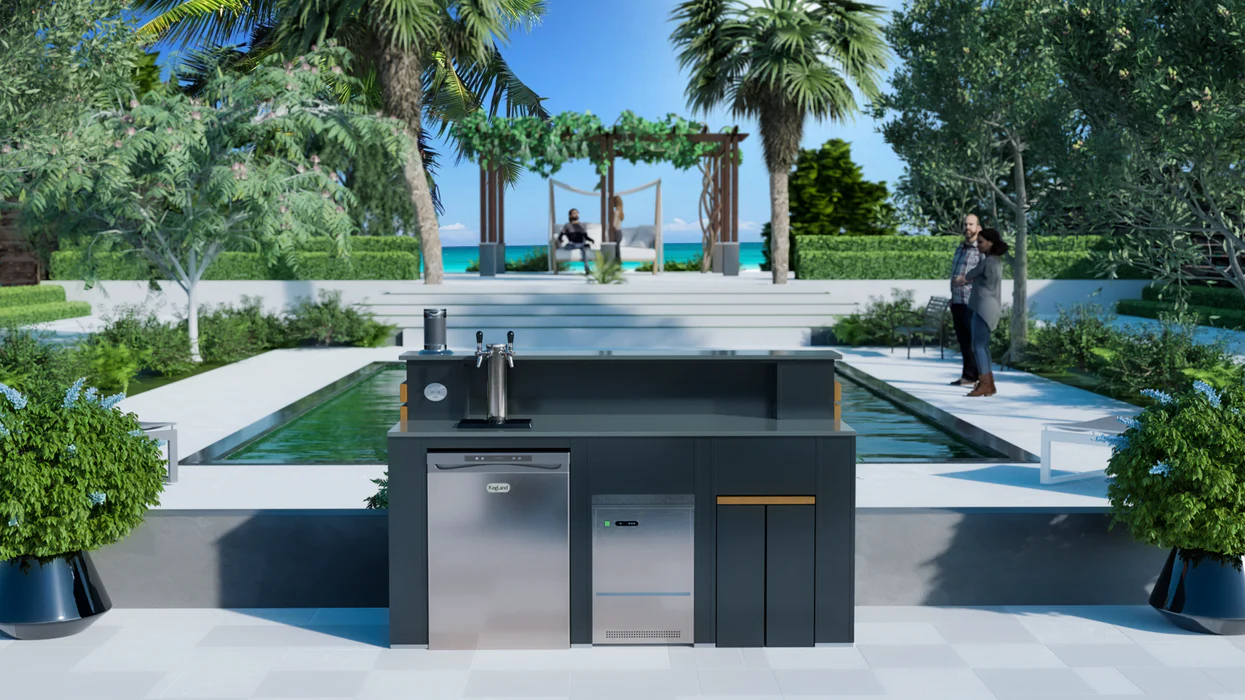
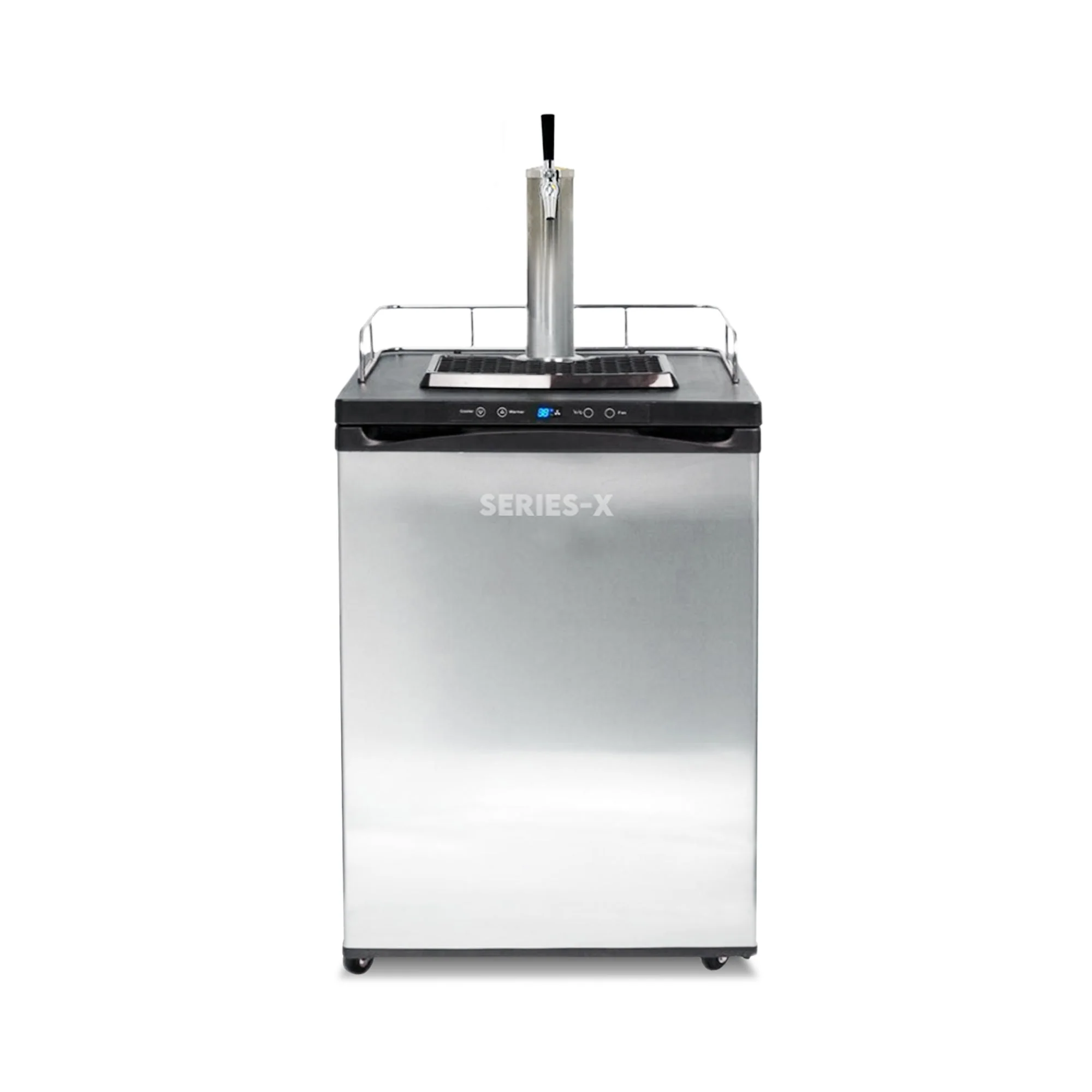
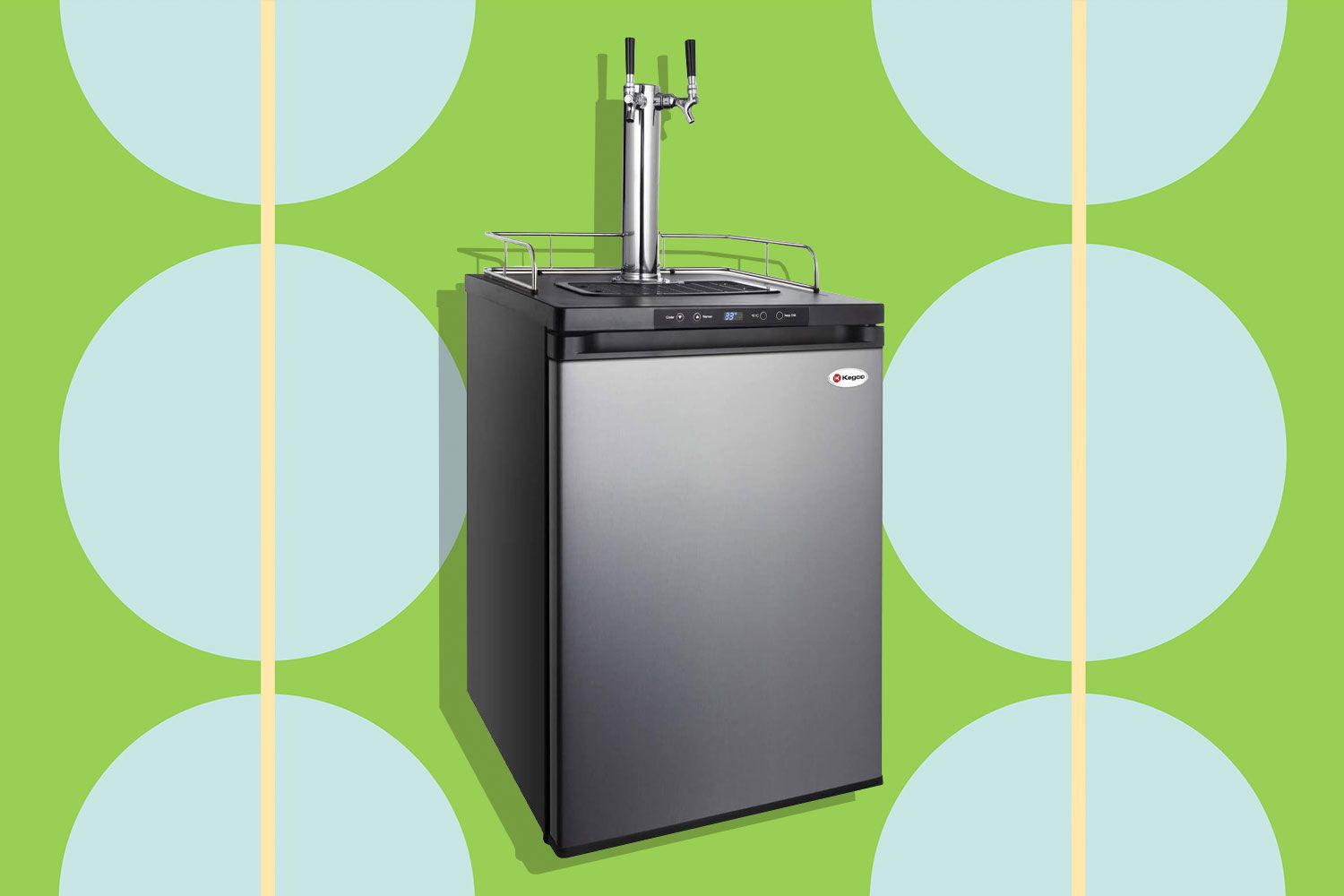
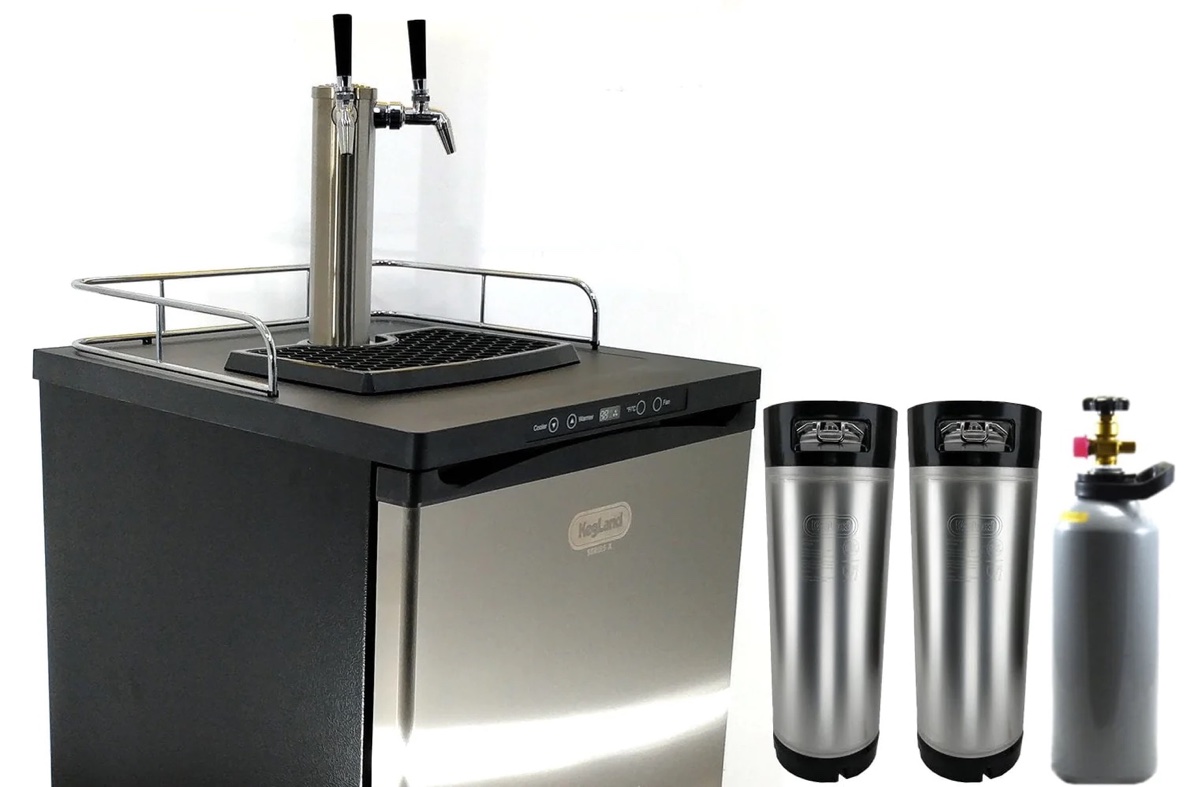
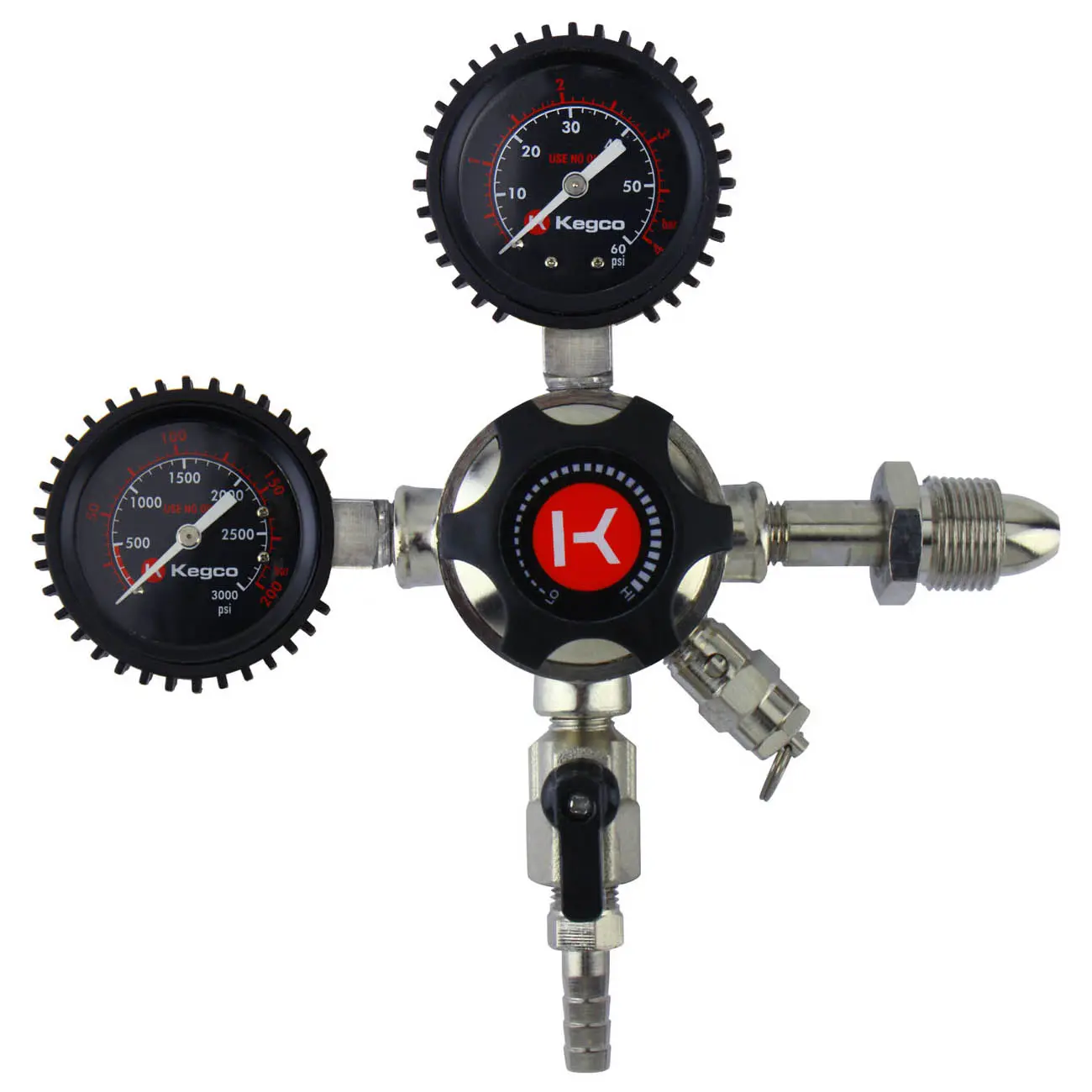
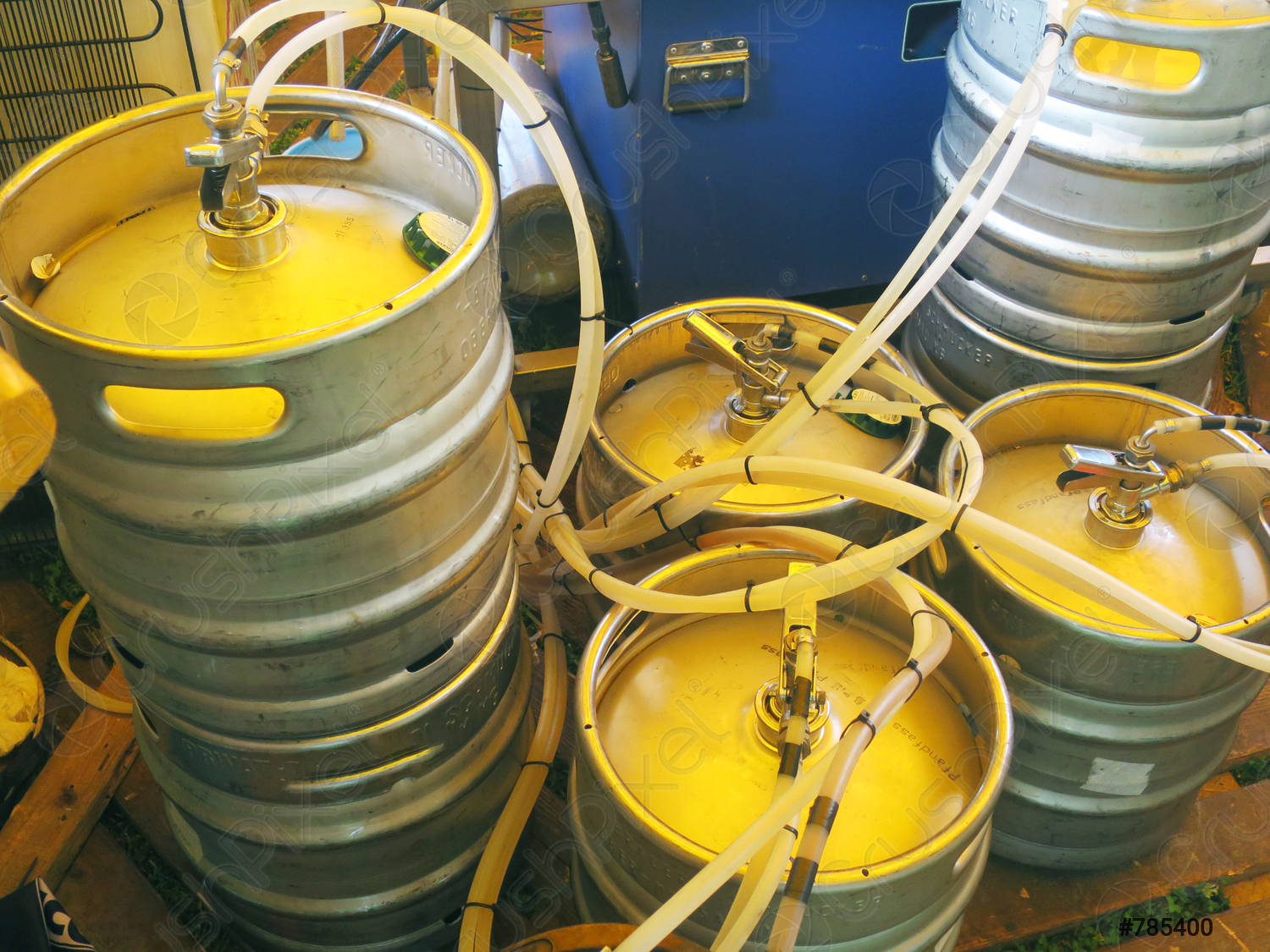
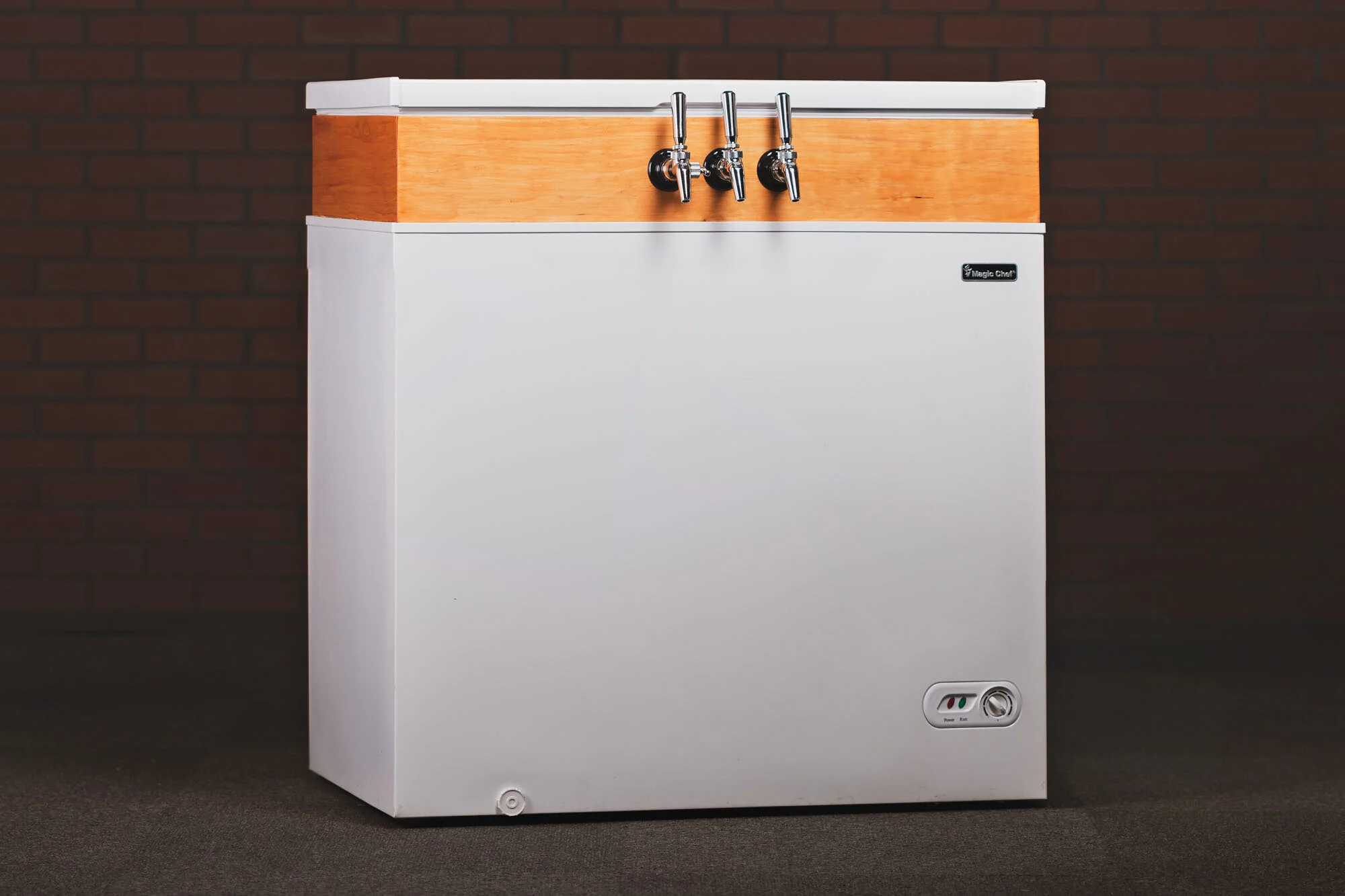
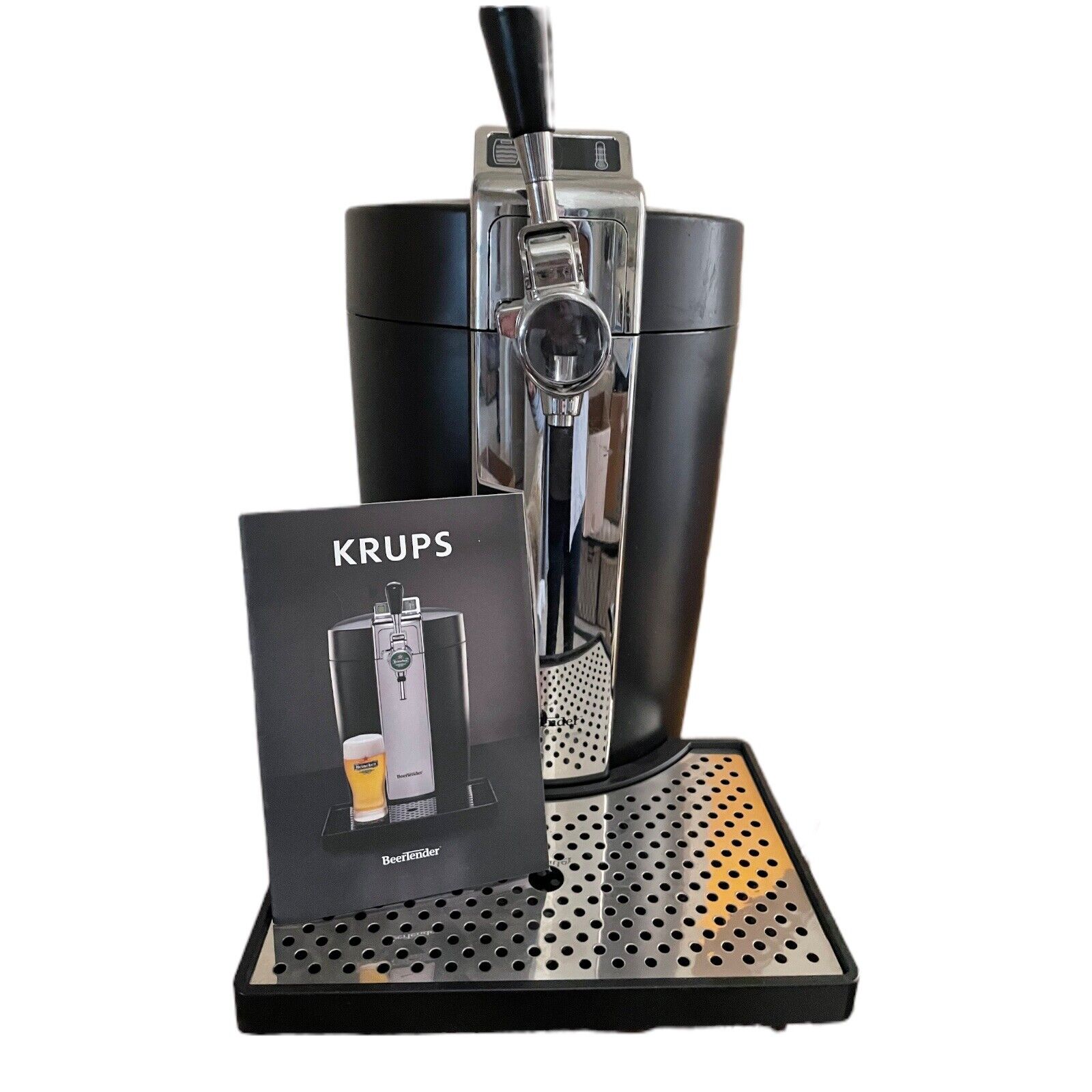
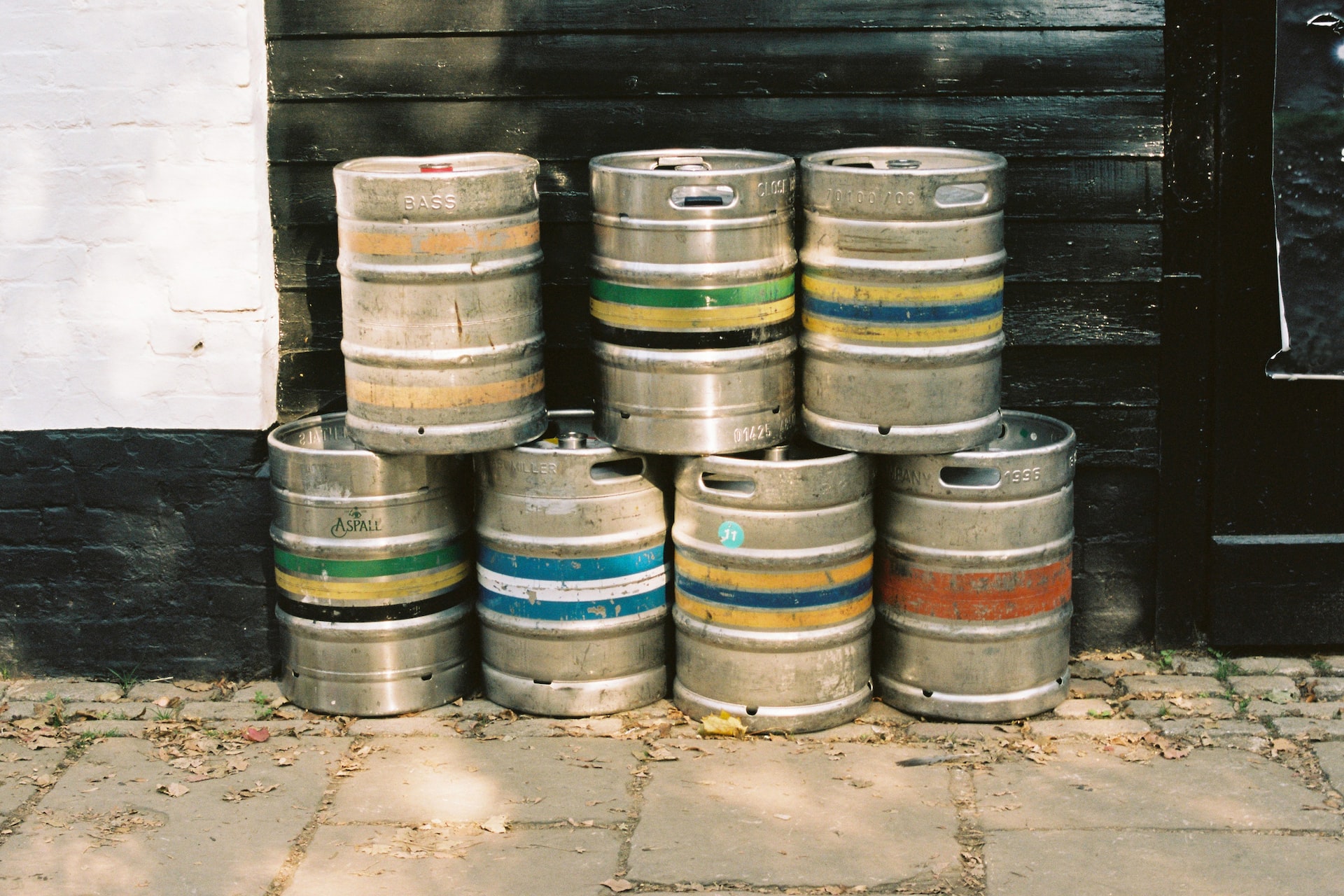
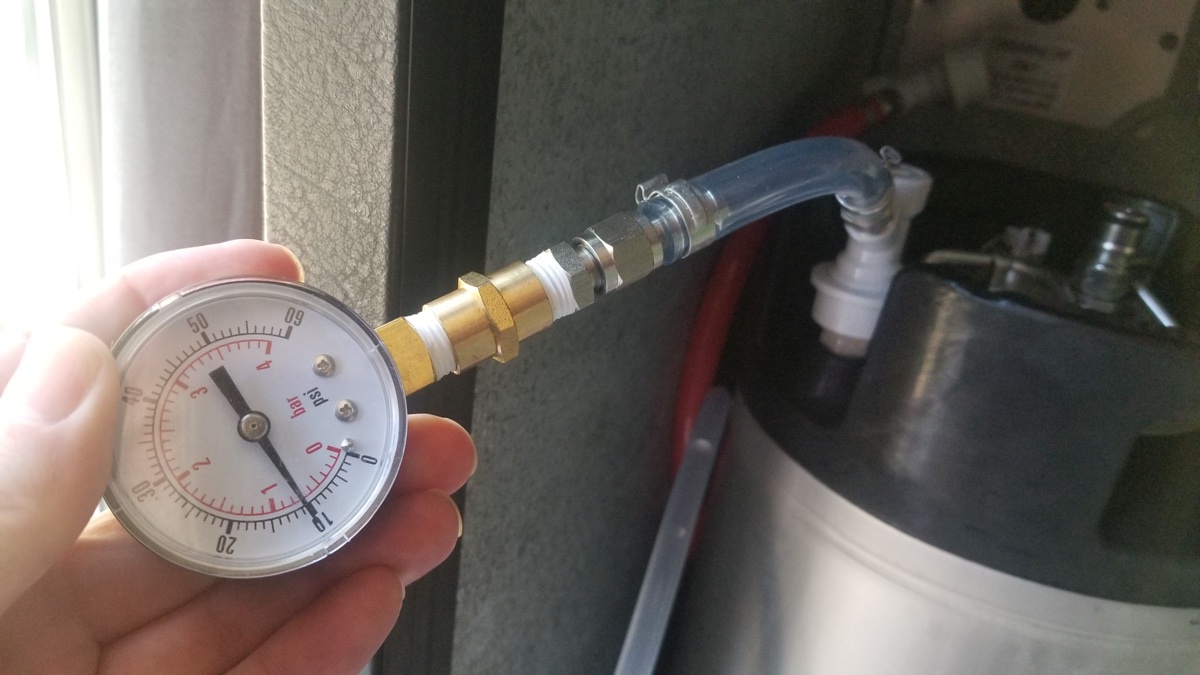
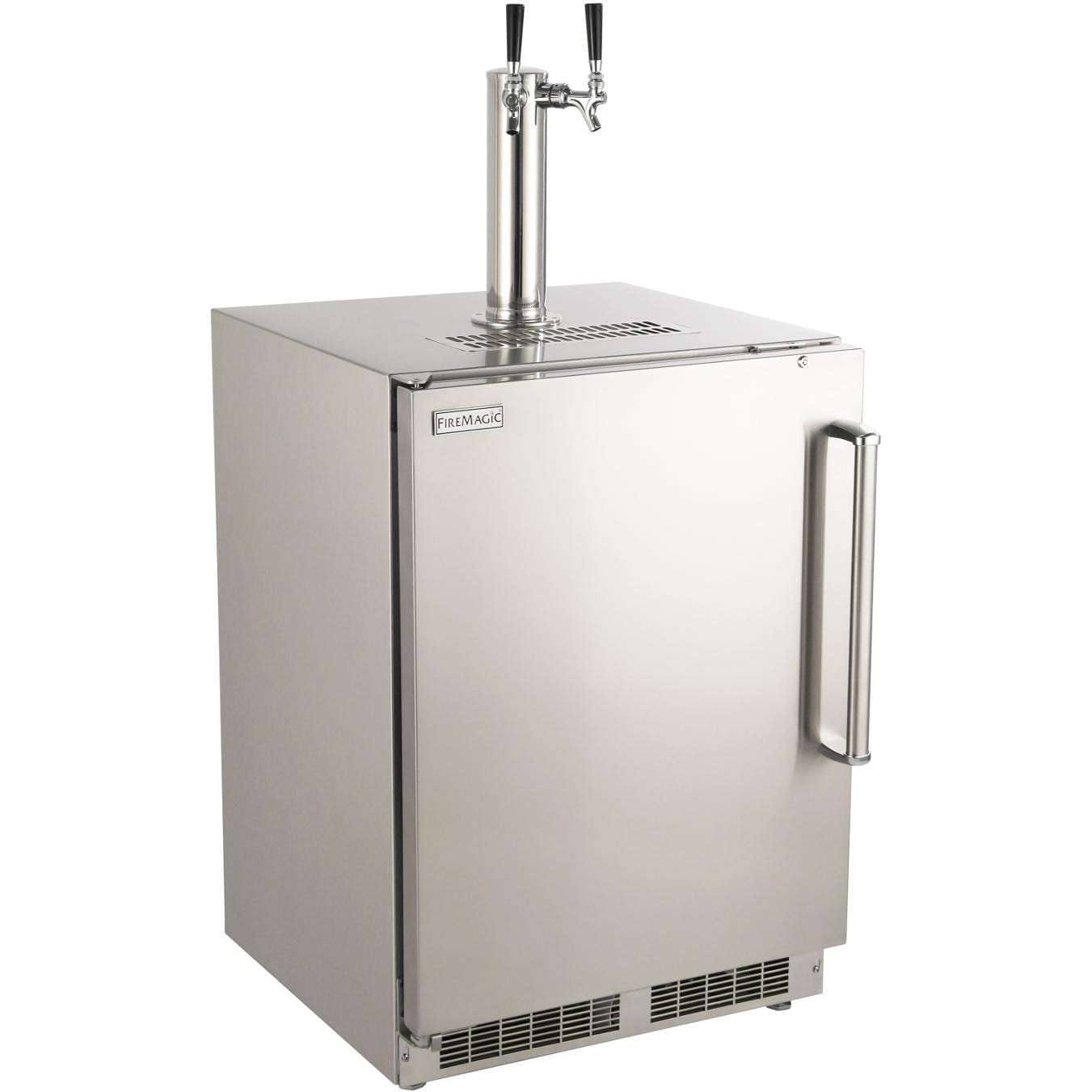
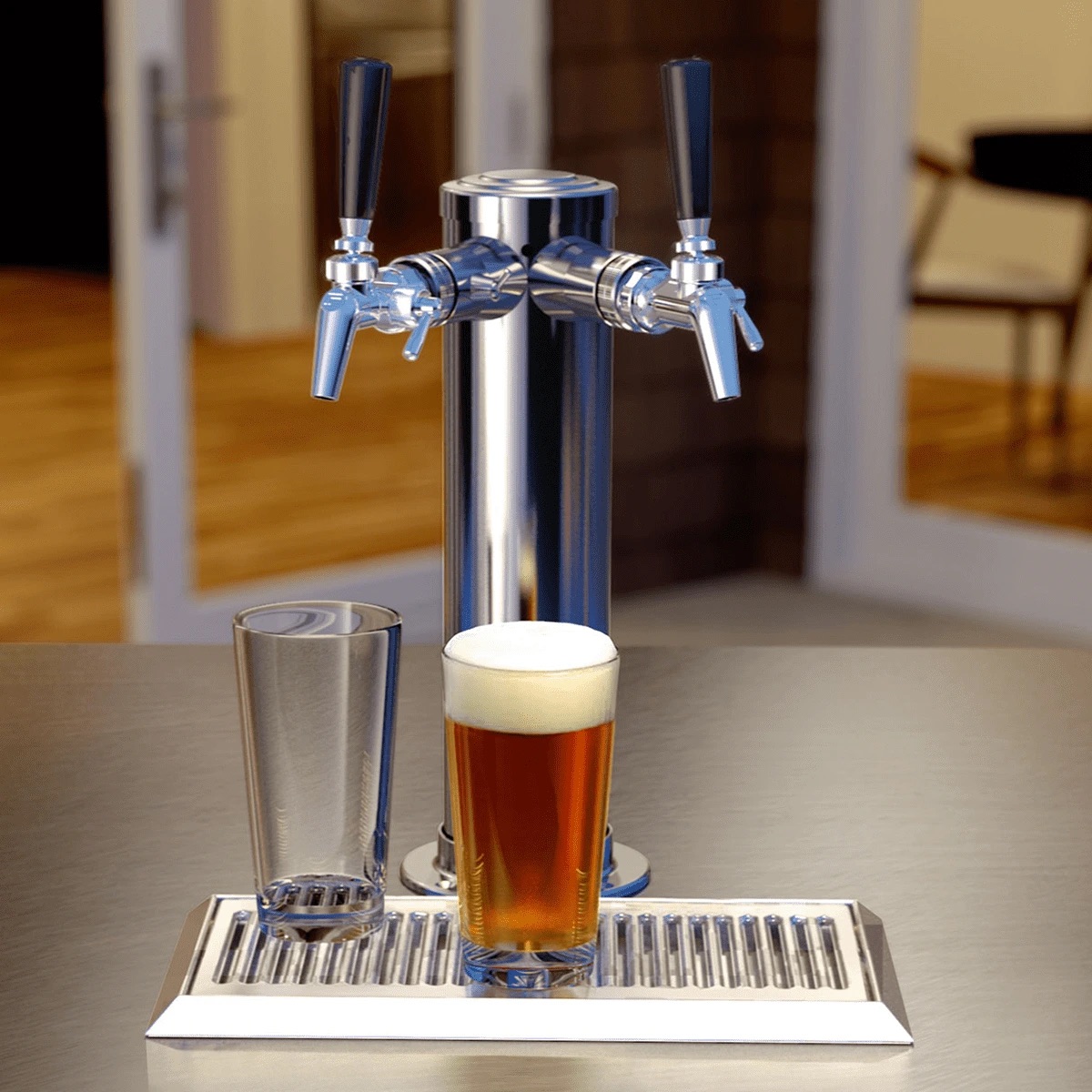
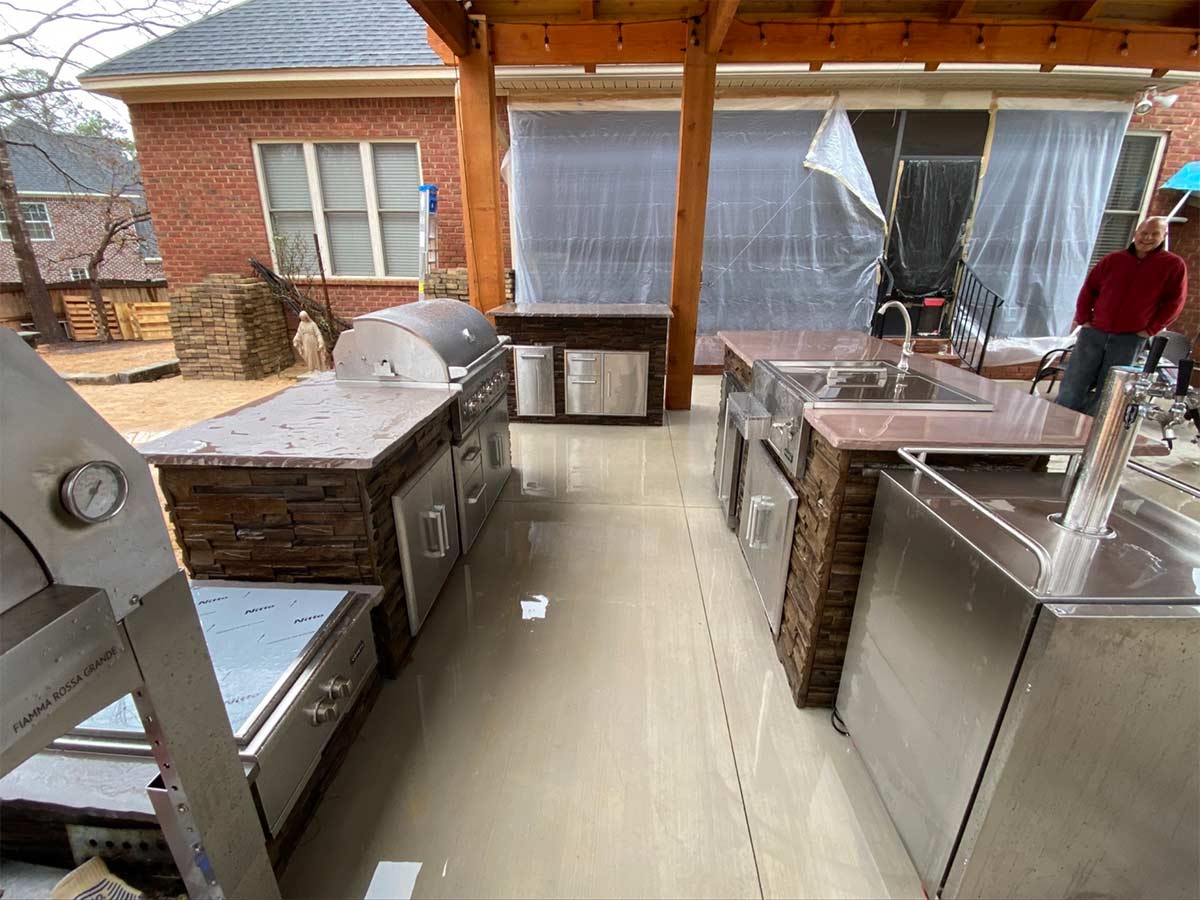

0 thoughts on “What Is A Kegerator?”